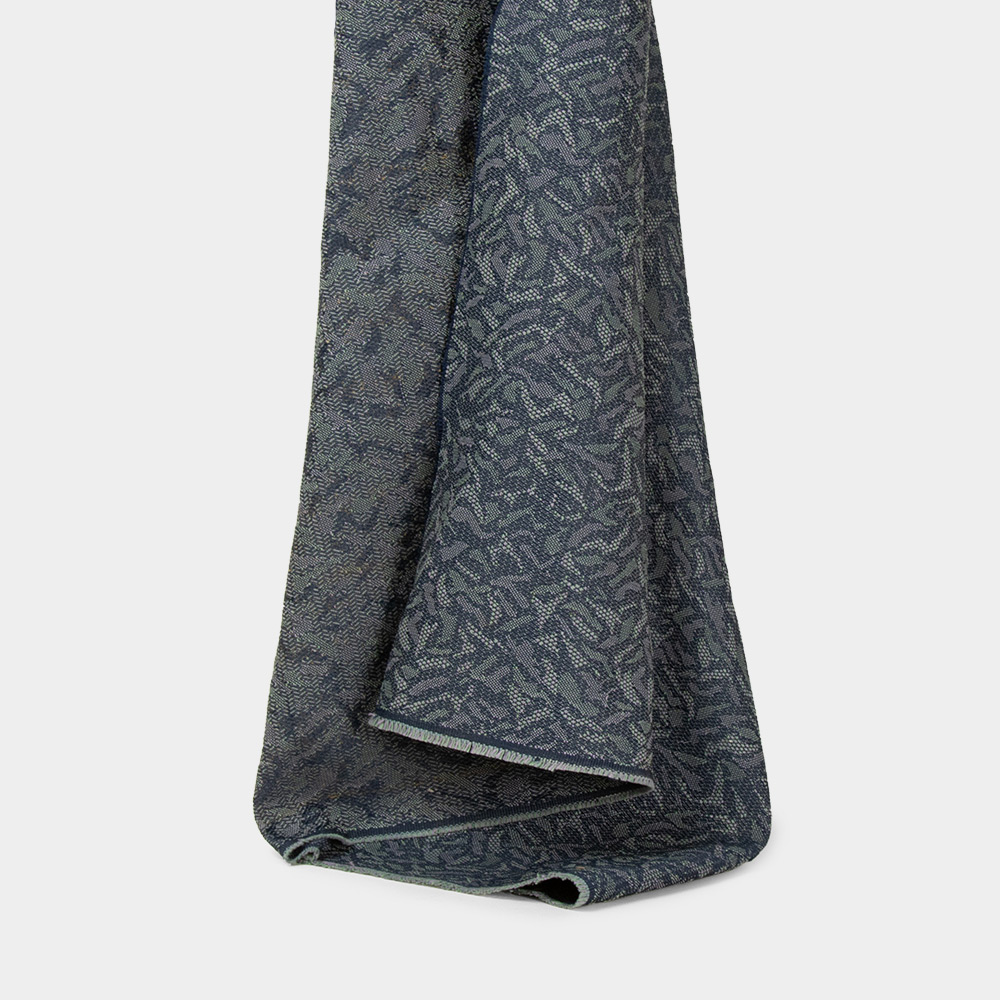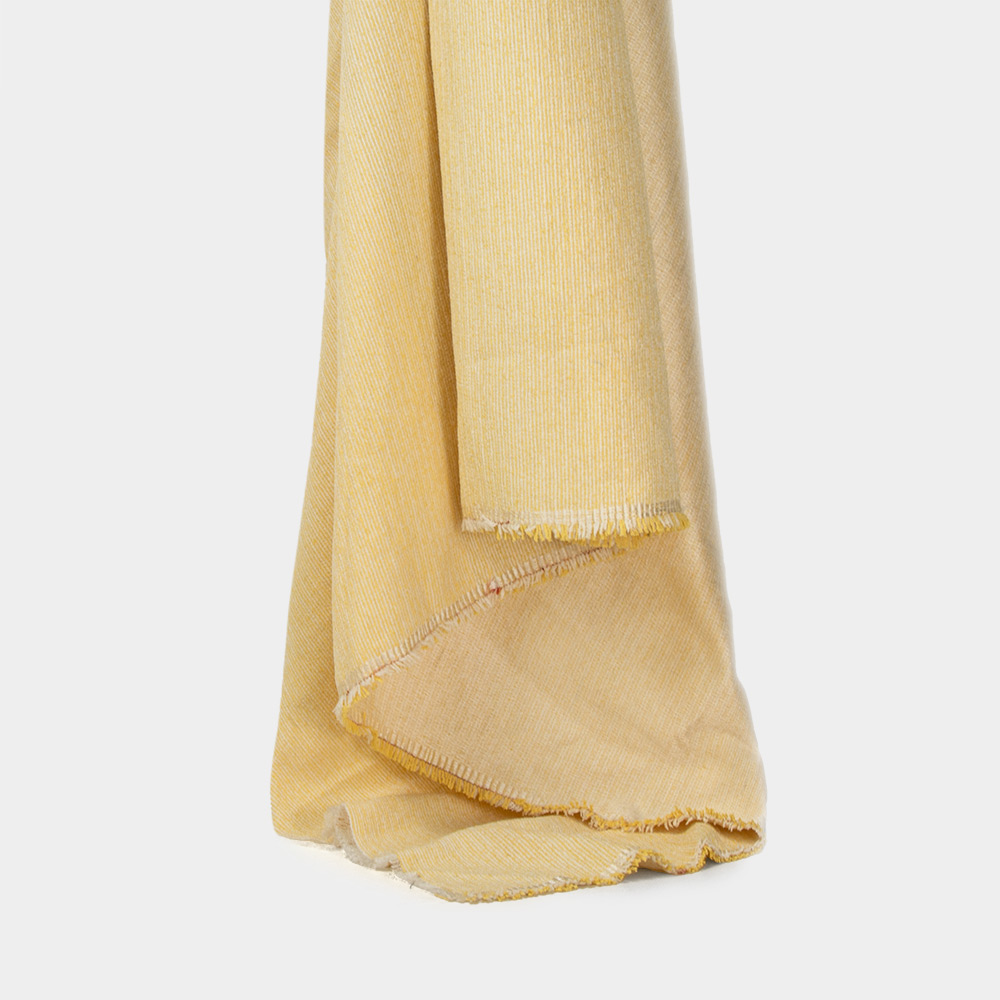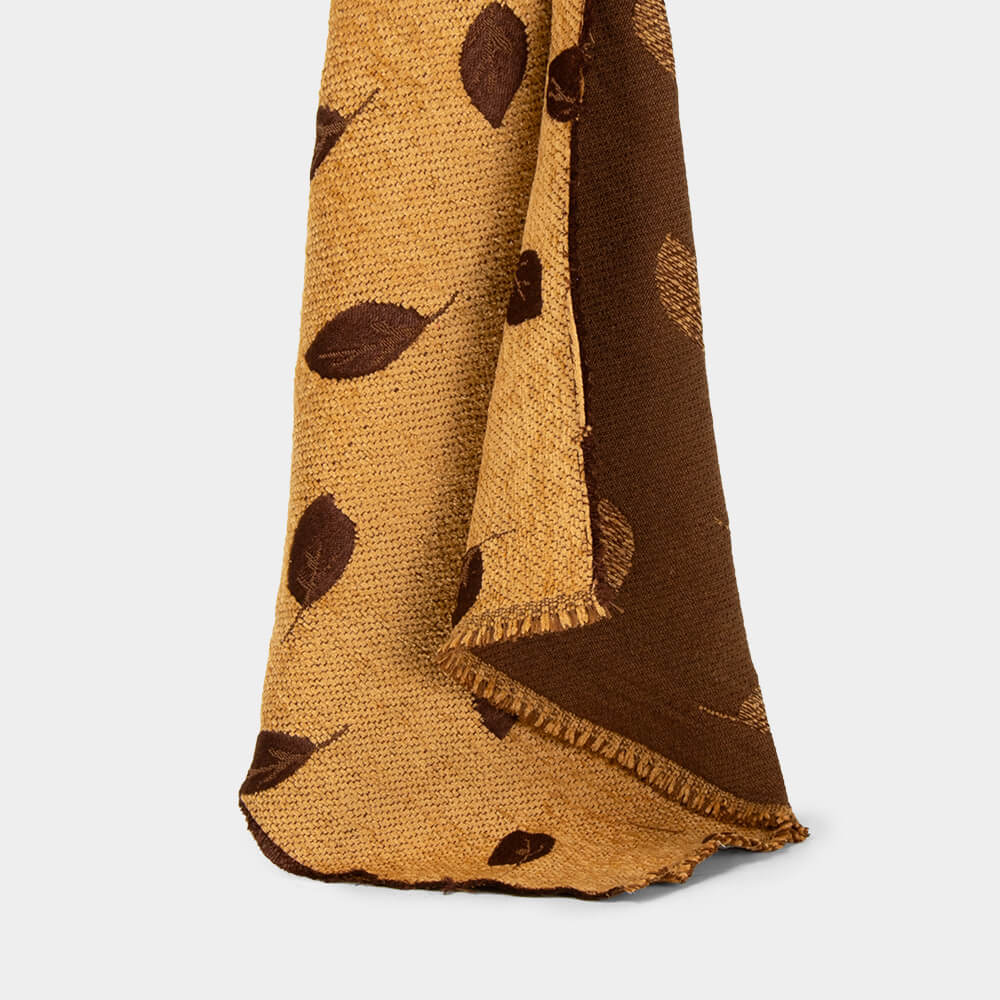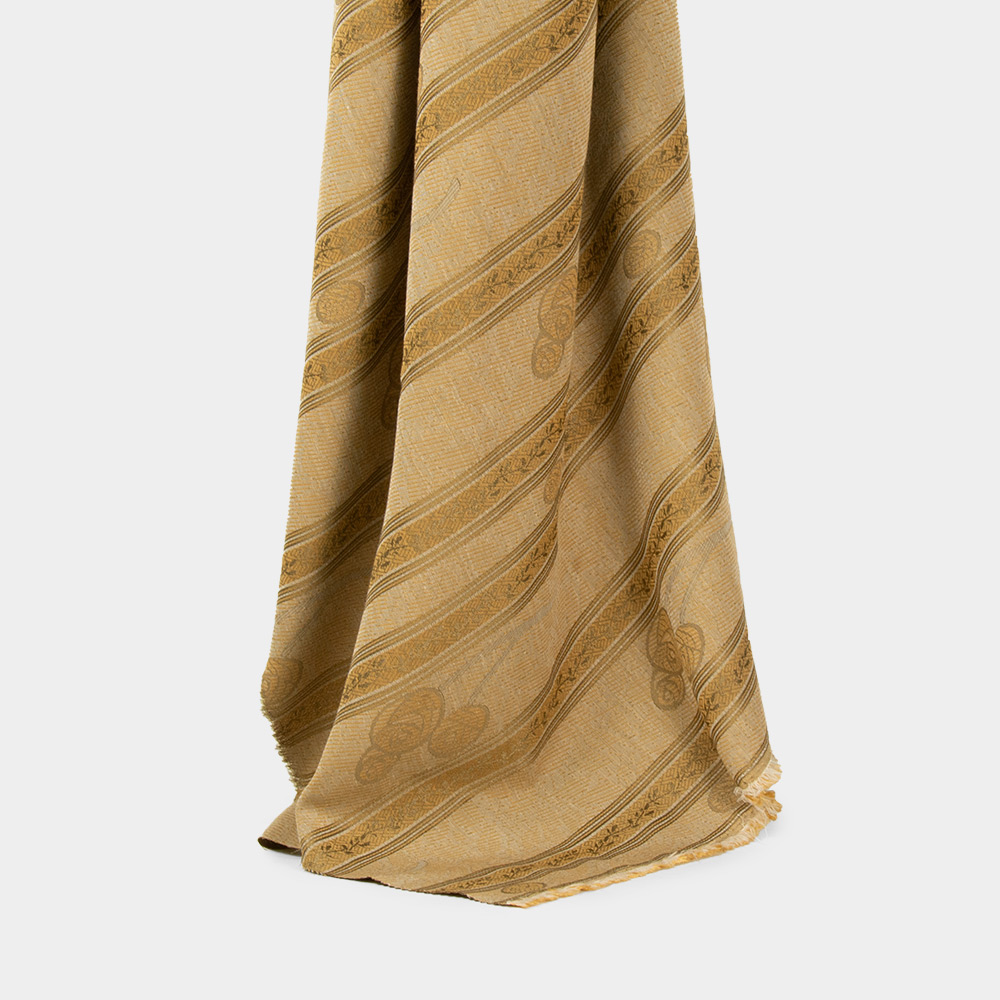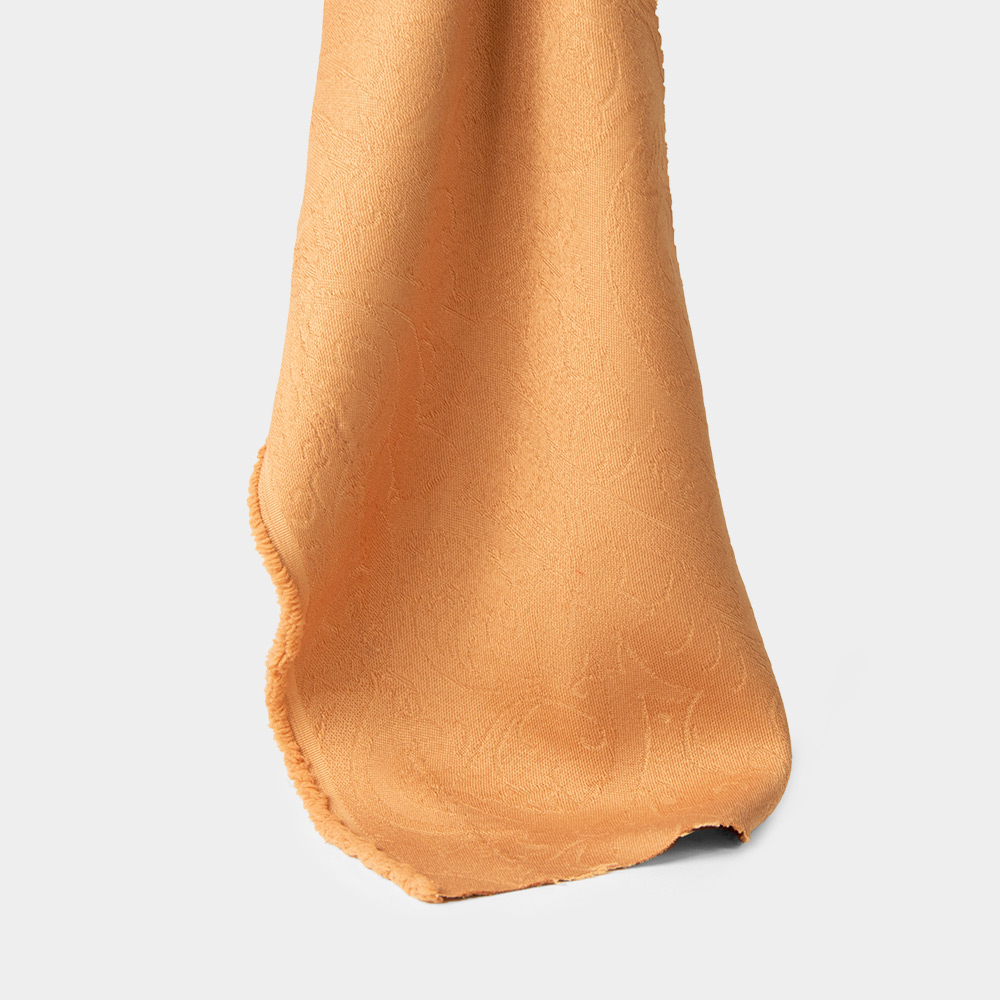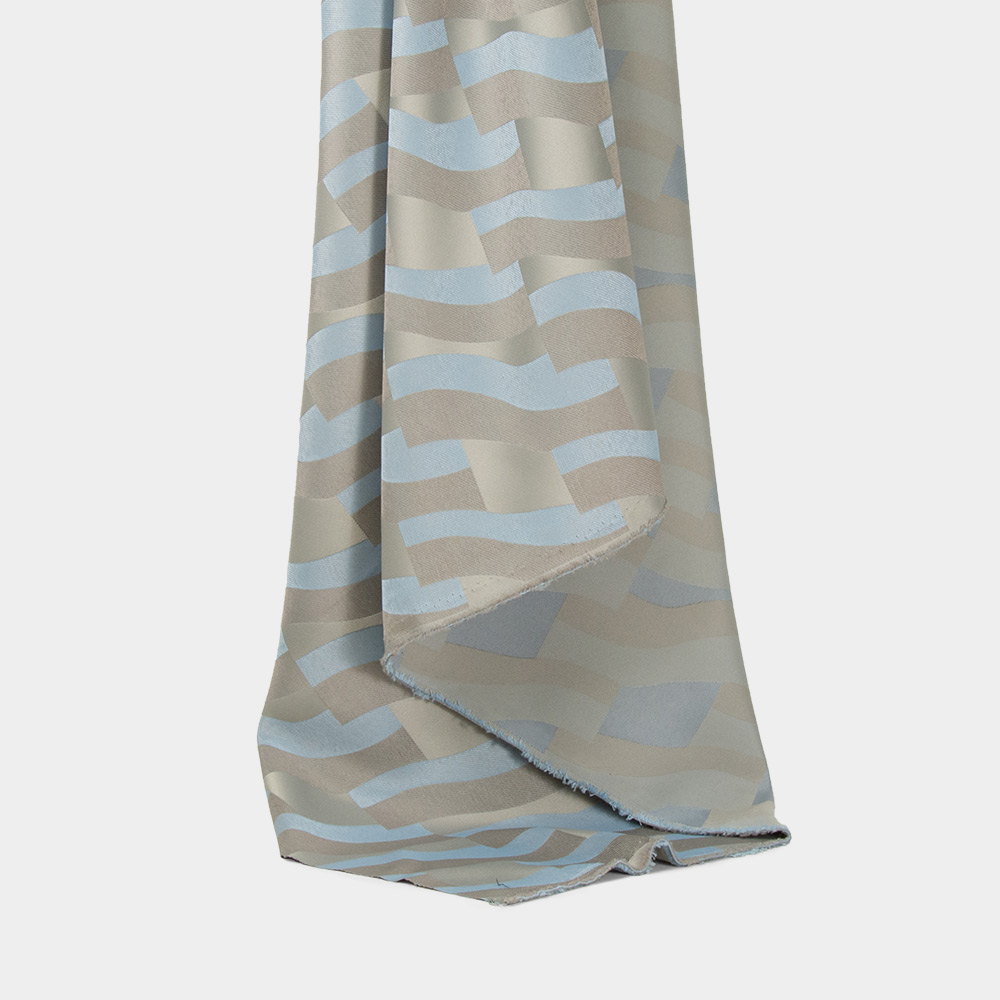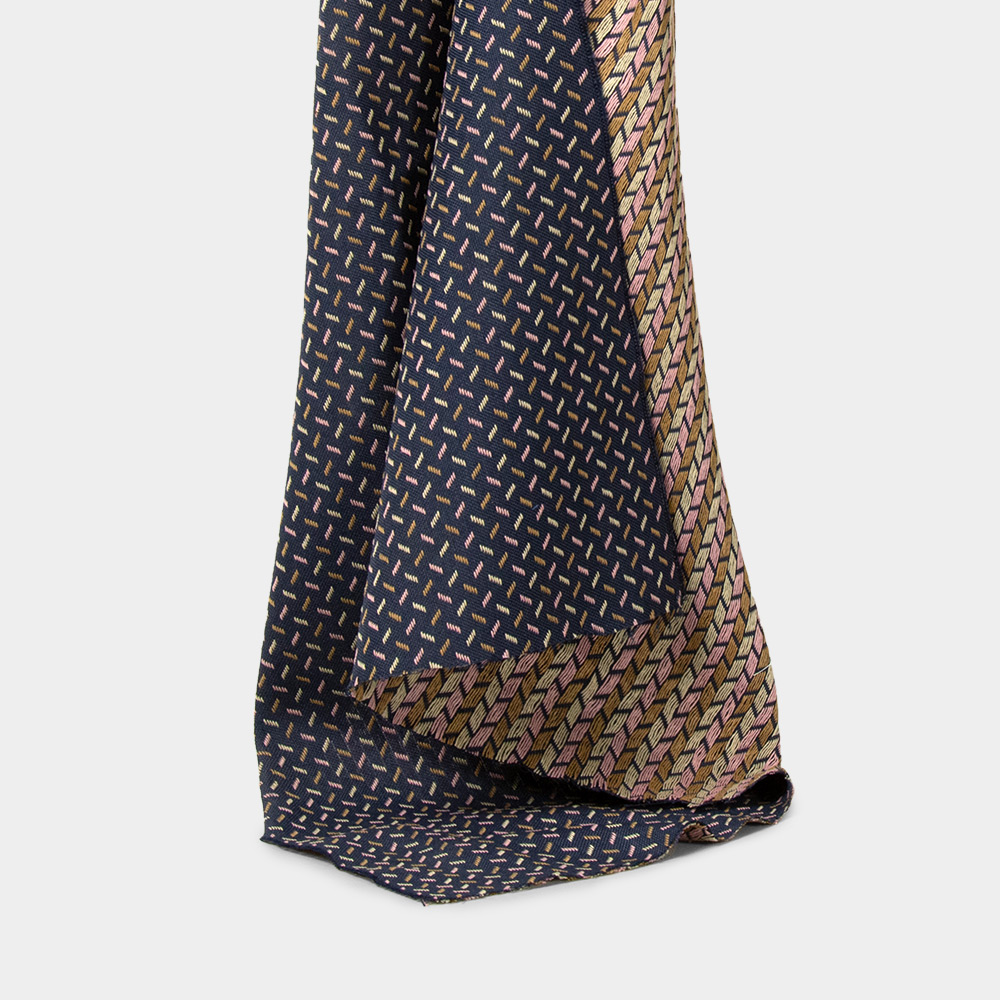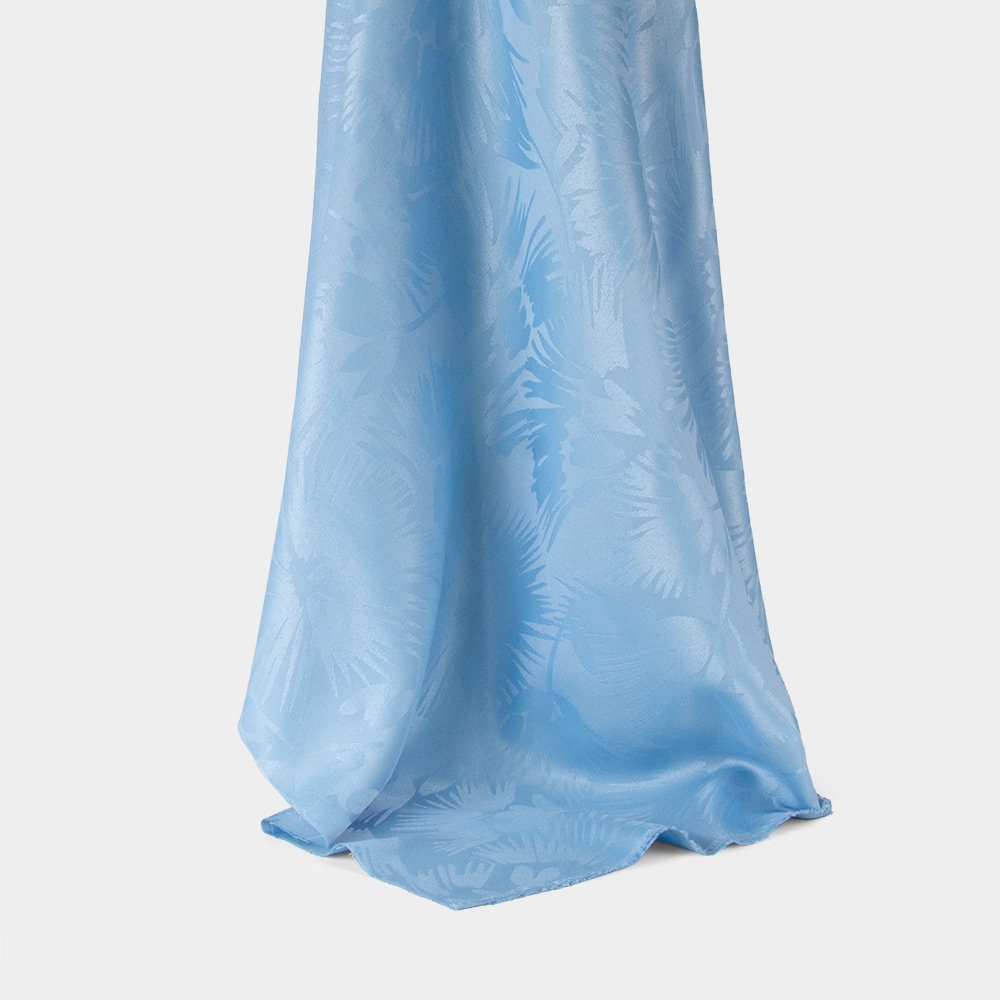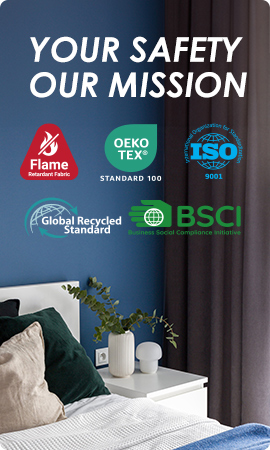Flame retardant fabric testing standards in the European Union, the United States, and China.
What is flame retardant fabric?
Flame retardant fabric is a type of textile that has been treated with special production techniques to effectively prevent the spread of flames. After flame retardant treatment, the fabric will not burn when exposed to a fire source. Instead, it reduces the flammability of the fabric, slows down the spread of flames, and prevents large-scale burning. Once removed from the flame, the fabric self-extinguishes quickly and does not continue to burn or smolder. It also has good durability and can withstand regular washing.
Flame retardant standards in the United States
1. CA-117 is a widely used flammability standard in the United States for textiles, which does not require a water resistance test and is applicable to most textiles exported to the United States.
2. CS-191 is a general protective clothing flammability standard in the United States, emphasizing long-term flame resistance and comfort during wear. The processing technique is typically a two-step or multi-step synthetic method, which has high technical content and added value.
3. NFPA-701 and NFPA-703 are fire standards published by the National Fire Protection Association in the United States, applicable to hanging fabrics such as curtains in public places that do not require water resistance. The tests also require physical and chemical indicators such as adsorbed moisture and hand feel.
4. TB-603, also known as BHFTI CTB-603, has been implemented nationwide in the United States since January 1, 2005. It is mainly used for bedding products such as mattresses. The testing method involves measuring the heat release value using the large-scale test method on a complete mattress.
5. NFPA 261.94 is applicable to strong fabrics used for furniture upholstery, including sofas.
6. FAR25-83 is the fire resistance standard required for aircraft interior fabrics.
EU Flame Retardant Standards
The flame retardant testing standards for protective clothing in the European Union are primarily established by the European Committee for Standardization (CEN/TC). The current standards include EN ISO 11611:2007, EN ISO 11612:2008, and EN ISO 14116:2008/AC:2009.
EN ISO 11611:2007 – Protective clothing for welding and similar processes
Testing is performed according to the ISO 15025:2000 standard, which includes two test methods: surface ignition and vertical ignition. Depending on the type of material, one or both methods can be selected for testing. For surface ignition testing, the material must meet the following requirements:
1. No edge ignition or top ignition is allowed for any test specimen after ignition.
2. No hole formation is allowed for any test specimen after ignition.
3. No burning droplets or molten debris are allowed for any test specimen after ignition.
4. The average afterflame time must be less than or equal to 2 seconds.
5. The average afterglow time must be less than or equal to 2 seconds.
EN ISO 11611 classifies flame retardant safety levels into Class 1 and Class 2, with the same technical specifications for both levels. The material must meet the requirements specified for surface and bottom ignition as mentioned above. The EN ISO 11612 standard aligns with the flame retardant performance requirements of EN11611, but does not classify safety levels.
Chinese Flame Retardant Standards
China has flame retardant standards for firefighting and welding clothing. These standards are issued by the AQSIQ and SAC. The standard for firefighting clothing is GB 8965.1-2009.
GB 8965-1:2009 – B-level
The flame retardant testing is conducted according to the GB/T 5455-1997 standard, which uses the vertical flame test method. The B-level standard requires the following:
– Afterflame time ≤ 2 seconds
– Afterglow time ≤ 2 seconds
– Damage length ≤ 100mm
– No melting droplets are allowed.

